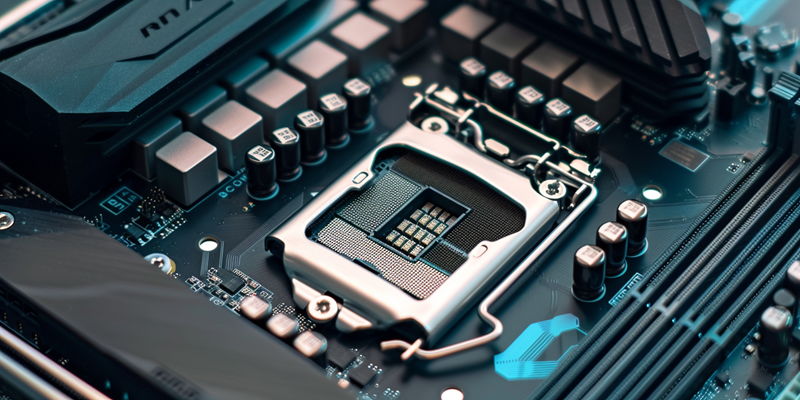Apple has once again disrupted the technology landscape with the unveiling of its next-generation in-house silicon, the M4 chip, during the much-anticipated “Let Loose” event on May 7, 2024. This innovative chipset is a testament to Apple’s relentless pursuit of performance and efficiency, marking a significant turning point for the iPad Pro series. Boasting cutting-edge technology crafted with the latest 3nm process from semiconductor giant TSMC, the M4 presents a wealth of enhancements over its predecessor, the M3. This leap forward is highlighted by its sophisticated 10-core CPU and GPU configuration, a notable increase from the M3’s 8-core setup.
Pioneering Advances with the Apple M4
The M4 chip is set to redefine expectations, sporting an impressive 28 billion transistors and delivering unprecedented processing strength capable of handling up to 128GB of unified memory. This is not just a step but a leap in the world of chip technology, with performance peaks reaching 38 trillion operations per second within its neural engine. Such formidable capabilities indicate a significant stride in machine learning and artificial intelligence, meeting the demands of the most intensive tasks. In comparison to the M2, the M4 promises up to 50% greater CPU efficiency while its GPU speed boasts unmatched gains, being four times faster.
Central to the M4’s long-anticipated reveal is its application within the iPad Pro models. Apple designed the chip to exhibit a high caliber of performance, paralleling that of the previous generation M3 but with substantially lower power consumption. This bespoke optimization for iPad Pro ensures that users will experience the pinnacle of processing prowess on their tablets. Notably, the M4 introduces hardware-accelerated ray tracing, a pivotal development, alongside dynamic caching and mesh shading, showcasing Apple’s unyielding commitment to rendering graphical and computational excellence.
M4 Chip Redefining the Tablet Landscape
Apple has once again set a new standard in tech with the launch of its M4 chip at the “Let Loose” event on May 7, 2024. This chip represents a milestone, especially for the iPad Pro line, boasting remarkable performance and energy efficiency. Fabricated using TSMC’s advanced 3nm process, the M4 marks a substantial upgrade from the M3, particularly with its robust 10-core CPU and GPU architecture, up from the M3’s 8 cores.
The M4 chip’s performance enhancements are expected to drive significant improvements in everything from multitasking to high-end gaming, making the iPad Pro a powerhouse for both professionals and enthusiasts. The M4 chipset illustrates Apple’s unwavering commitment to innovation and its ability to push the boundaries of what’s possible in mobile computing. With this leap in technology, Apple continues to lead the industry and set the scene for the future of high-performance computing on the go.

